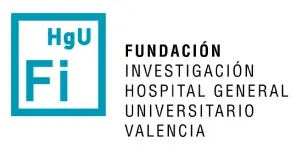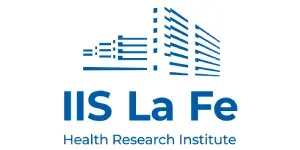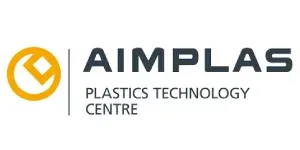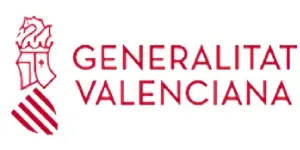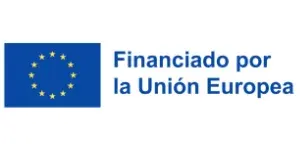EXTRATUBE,
the project that develops an expandable endotracheal tube to reduce complications when intubating patients
Fundación de Investigación del Hospital General Universitario de Valencia (FIHGUV) is leading the EXTRATUBE project, which is developing an expandable endotracheal tube to reduce the most frequent damage and complications during tracheal intubation (a procedure necessary to secure the patient’s airway).
The principal investigator of the EXTRATUBE Project is Dr. Lucas Rovira, physician in the Anaesthesiology, Resuscitation and Pain Treatment Service and head of the Major Outpatient Surgery Section at the Hospital General de Valencia.
The project is funded thanks to a grant from the Agencia Valenciana de la Innovación (AVI) -currently IVACE+i- for the valorisation, transfer and exploitation of R&D results by companies.
Innovation. EXTRATUBE project seeks to redesign and improve the manufacturing process of endotracheal tubes by making them from plastic materials with shape memory that, unlike conventional ones, have the property of maintaining a compressed temporary shape. The reduced diameter would facilitate entry into the trachea and, once lodged in it in the correct position, the conformational change would be activated, expanding when receiving a stimulus (generally an increase in temperature) until acquiring the final suitable diameter.
100 million patients worldwide are intubated with an endotracheal tube every year.
EXTRATUBE -the expandable endotracheal tube- has the advantages of small diameters (during insertion) and large diameters (once in the trachea), eliminating the disadvantages of both; this reduces frequent damage during insertion and, by expanding once positioned in the trachea, reduces the work of breathing, the risk of obstruction by secretions and allows bronchial cleaning to be carried out through it by passing a fibrobronchoscope.
To increase the size of the tube, once in the trachea, it receives a thermal stimulus through a fixator, which causes the tube to expand from 5.5 millimetres to 7.5, increasing its diameter by almost 40%.
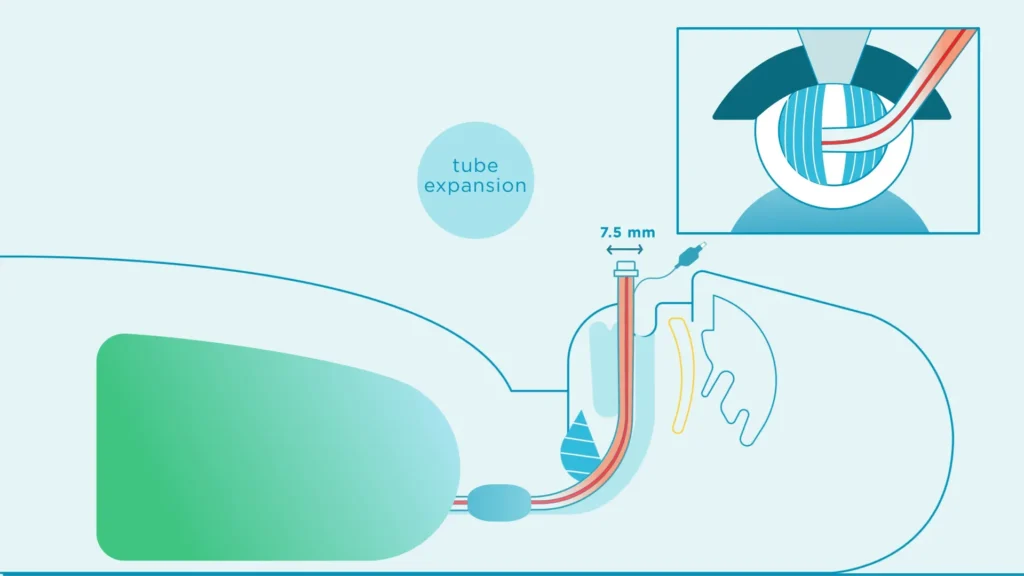
When stimulated (usually thermally), the tube expands from 5.5mm to 7.5mm, increasing its diameter by almost 40%.
The use of the expandable tube is the same as any other endotracheal tube.
We introduce the expandable tube in its temporary form with a reduced diameter of 5.5mm, which allows it to enter the trachea easily and without damaging neighbouring structures during its passage.
Once there, we apply a thermal stimulus through a fixator that has travelled inside the tube and that we will remove at the end of the procedure.
The pneumotap swells and the airway is secured for ventilation.
When it is no longer necessary to keep the tube in the trachea, the pneumotap is deflated and removed from the trachea like any conventional tube.
The advantages are:
Cost savings by not having to have all 18 models of endotracheal tube.
Reduction of harm and complications to the patient.
The manufacturing costs are similar and the way of use is the same as the conventional ones.
